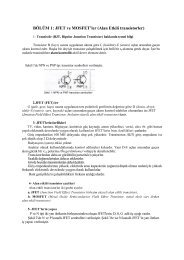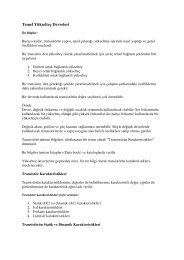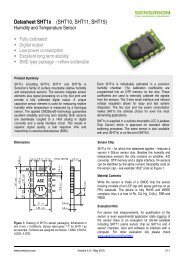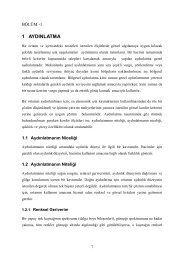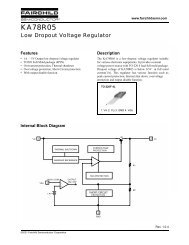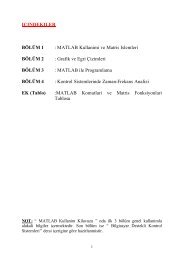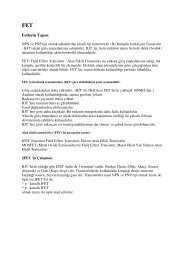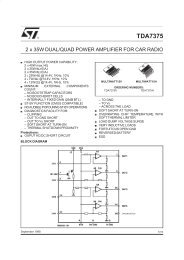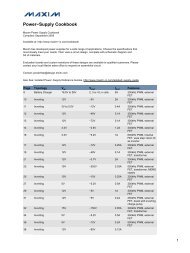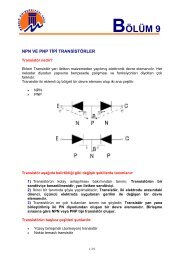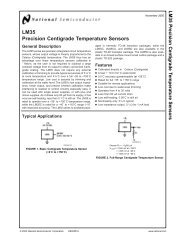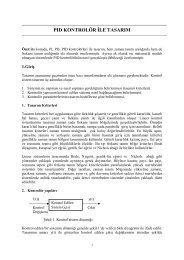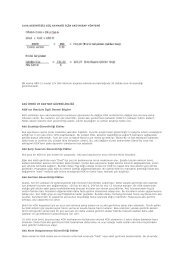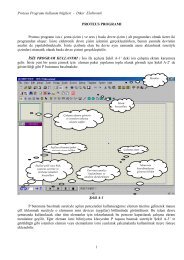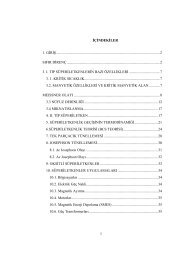vektor-esasi-asenkron-motor-kontrolu - 320Volt
vektor-esasi-asenkron-motor-kontrolu - 320Volt
vektor-esasi-asenkron-motor-kontrolu - 320Volt
Create successful ePaper yourself
Turn your PDF publications into a flip-book with our unique Google optimized e-Paper software.
ABSTRACT<br />
CEYHUN YILDIZ<br />
T.C.<br />
UNIVERSITY OF KAHRAMANMARAŞ SÜTÇÜ İMAM<br />
INSTITUTE OF NATURAL AND APPLIED SCIENCES<br />
DEPARTMENT OF ELECTRICAL AND ELECTRONICS ENGINEERING<br />
MSc THESIS<br />
ABSTRACT<br />
VECTOR CONTROL OF AC INDUCTION MACHINE<br />
USING GENETIC ALGOTITHM BASED FUZZY<br />
CONTROLLER<br />
CEYHUN YILDIZ<br />
SUPERVISOR: Prof. H. Rıza ÖZÇALIK<br />
Year: 2008, Pages: 92<br />
Jury<br />
: Prof. H. Rıza ÖZÇALIK<br />
: Prof. M. Kemal KIYMIK<br />
: Assistant. Prof. Mustafa DANACI<br />
Three phase induction <strong>motor</strong>s are, obviously, electrical machines having the most usage<br />
among all machines of industry. Because, these machines have got very simple, compact and reliable<br />
structure. Therefore, many control methods have been developed to obtain accurate speed trajectory<br />
and adequate torque values for AC induction <strong>motor</strong>s. In recent years, adaptive and intelligent control<br />
schemes have begun to take the place of conventional control methods.<br />
In this thesis, in order to control an induction <strong>motor</strong>, a Model Reference Adaptive Control<br />
(MRAC) scheme based on Genetic Algorithm (GA) and Fuzzy Logic (FL) has been used by the help of<br />
Vector Control type driving method based on Space Vector Pulse Width Modulation (SVPWM). First,<br />
a good mathematical model is obtained for induction <strong>motor</strong> and secondly this model is used for the<br />
simulation of control strategy which is mentioned before. After the observation of the success of the<br />
control method in simulation, the control strategy has been applied to induction <strong>motor</strong> in real<br />
conditions by using an appropriate digital signal processor and peripheral units. In this study, as<br />
digital processor, DSPIC 30F6010 which is produced by Microchip Co. has been used.<br />
As a conclusion, the running of induction <strong>motor</strong> in real conditions has demonstrated that the<br />
reference speed values have been obtained with smooth convergence regime and rather small error<br />
values being left under the 2 per cent of set values in a good response time.<br />
Key Words: Genetic Algorithm, Fuzzy Control, Vector Control, AC Induction Machine<br />
IV



